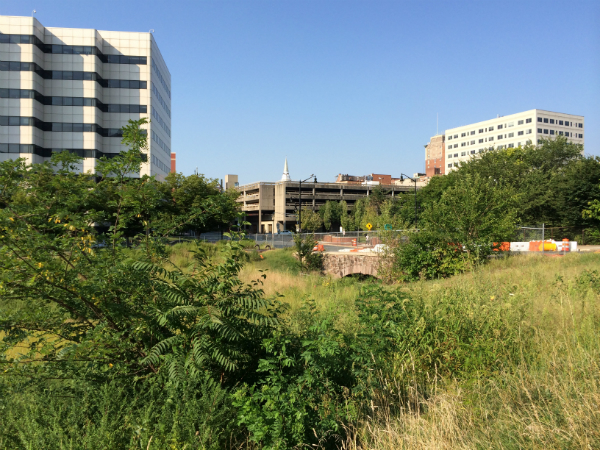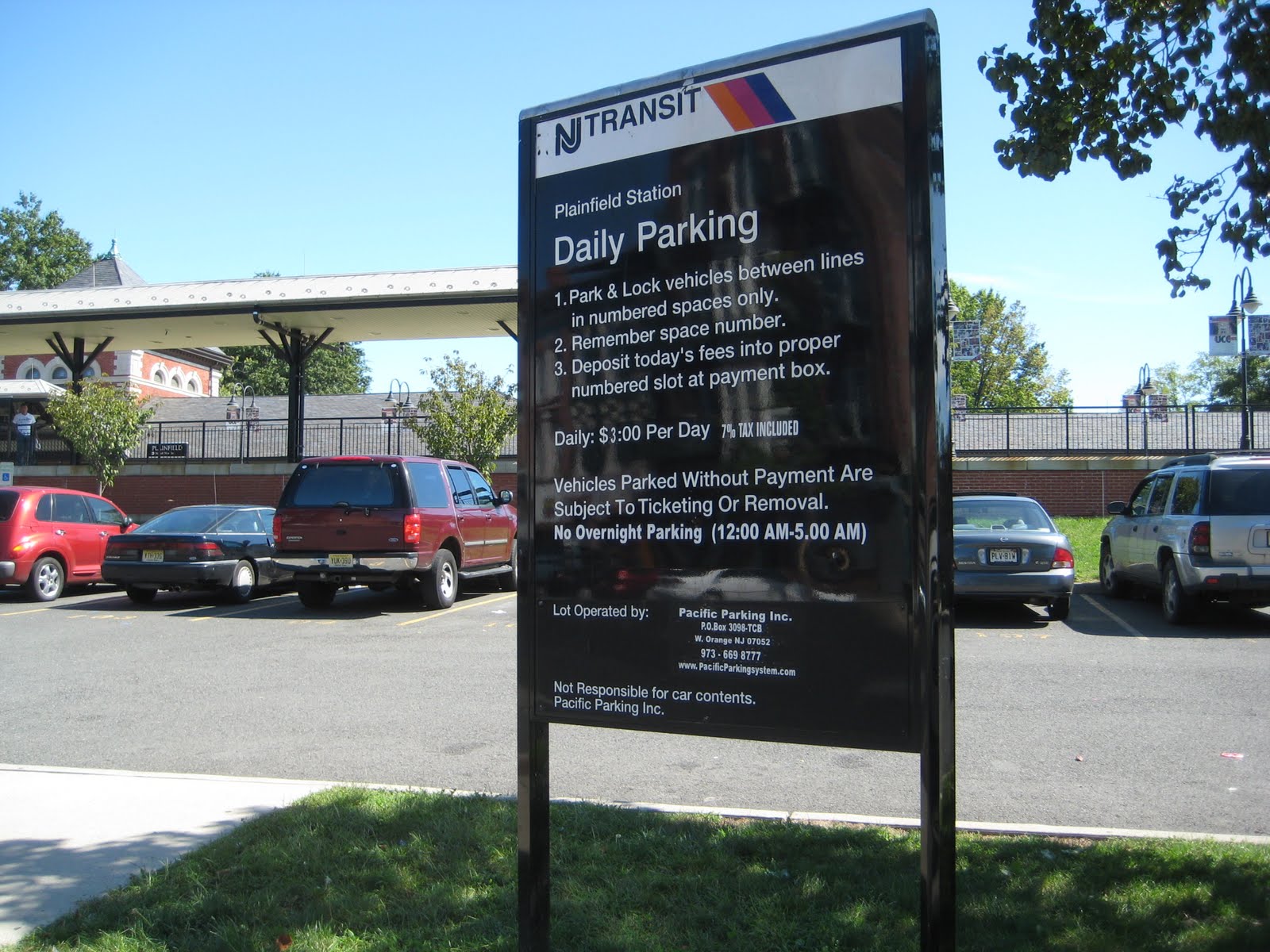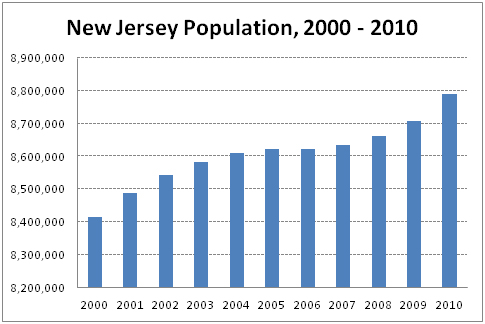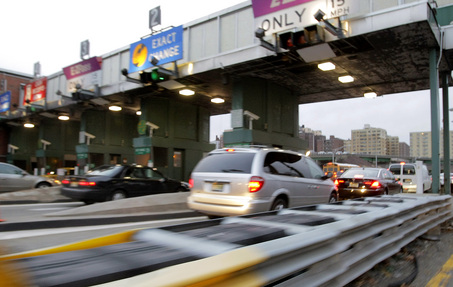New Jersey Future Blog
Brownfields: Urban Blight or Redevelopment Opportunity?
December 7th, 2007 by Jay Corbalis
- Former industrial sites, known as brownfields, are a prominent feature of New Jersey’s urban landscape. More than 10,000 brownfields have been identified in the state.
- The Department of Environmental Protection has designated 18 Brownfields Development Areas around the state. Through the program, the department works with local governments and stakeholders to plan for the remediation and redevelopment of several sites simultaneously. Since 2002, nearly 2,000 acres of former industrial land—roughly equivalent to the size of Morristown—have been redeveloped under the program.
- Cleaning up brownfields and returning them to productive use is expensive. Developers face unique costs when doing brownfields projects, including site investigation, clean-up of contamination and liability insurance. Research has shown, however, that for every $1 of public money invested in brownfields, $2.48 in private investment is leveraged on the same site.
New Jersey’s Industrial Legacy
The days of New Jersey as a bustling industrial center are by and large behind us. Financial and pharmaceutical companies have long since taken manufacturing’s place in the economy. Yet while industrial companies and the jobs that accompanied them have long since moved on, the factories and properties that housed them remain.
These former industrial sites are often contaminated and pose a threat to the surrounding community. Brownfields also place a heavy burden on the municipalities that house them, draining surrounding property values while providing little or no tax revenue.
Yet these sites also represent a unique opportunity. Because of their location, oftentimes in urban areas with existing infrastructure, brownfields are the ideal place to encourage redevelopment. When done properly, redeveloping these sites can have numerous benefits. It can leverage private funds for site remediation, remove a blight from a neighborhood and spark revitalization in urban areas. Brownfields redevelopment also helps to preserve open space by accommodating growth where it makes the most sense, near infrastructure and employment, while relieving growth pressures on outlying farmland and open space.
The Changing Brownfields Landscape
The State of New Jersey recognizes these benefits and has been a national leader in promoting brownfields redevelopment. Through a variety of programs, the state provides financial incentives and liability protection to encourage developers to redevelop brownfield properties. Recent policy developments, however, could alter the landscape of brownfields redevelopment in the state.
Environmental Infrastructure Trust: The EIT is an independent state financing authority that provides low-cost financing for environmental infrastructure, primarily related to water. For years, the EIT has been a major source of financing for infrastructure related to brownfields projects. Recently, as a result of strained resources, the trust reorganized its funding priorities, with brownfields-related projects no longer enjoying the prominence they once had. The effect of this policy change remains to be seen, although it will almost certainly mean that there will be less money available to brownfields projects than in the past.
Soil Remediation Standards: The DEP has proposed soil remediation standards that, for many contaminants, represent an order-of-magnitude change above previous standards. This policy shift raises the possibility that many cases where a site has already been remediated, and received a No Further Action letter from the DEP, could be reopened. While the DEP maintains that the new standards reflect evolving scientific evidence related to exposure to contamination, developers say the new standards will make it harder to remediate sites and could lead to fewer brownfields being redeveloped.
Community Involvement: The DEP has also proposed new rules governing notification of brownfields remedial work that would extend notification requirements to residents within 200 feet of any contaminated site, as well as sensitive communities and resources in the area. These sensitive populations could include schools, daycare centers and nursing homes. The proposed rules would also require a sign to be posted on the site specifying the nature of the remedial action taking place on the site. Industry groups fear the new rules will add to the cost of remediation and make brownfields redevelopment less attractive to developers.
Protecting public health and the environment is the DEP’s highest responsibility. Establishing the most stringent remediation standards supported by sound science, and involving citizens in deliberations and decisions that will have a direct impact on their quality of life, are admirable initiatives. At the same time, the standards must not be so stringent that they effectively foreclose opportunities for remediation and redevelopment. And promoting community involvement carries with it a responsibility to inform and educate—and to lessen, rather than provoke, public hysteria.
Finding revenue in an already strained budget to remediate brownfields is a daunting challenge. But if New Jersey’s urban areas are to be revitalized, the investment in brownfields remediation and redevelopment will have to be sufficient to reduce the imposing obstacles that now hamper this effort.
If you have any questions about this issue of Future Facts, please contact Jay Corbalis, Policy Analyst.
















